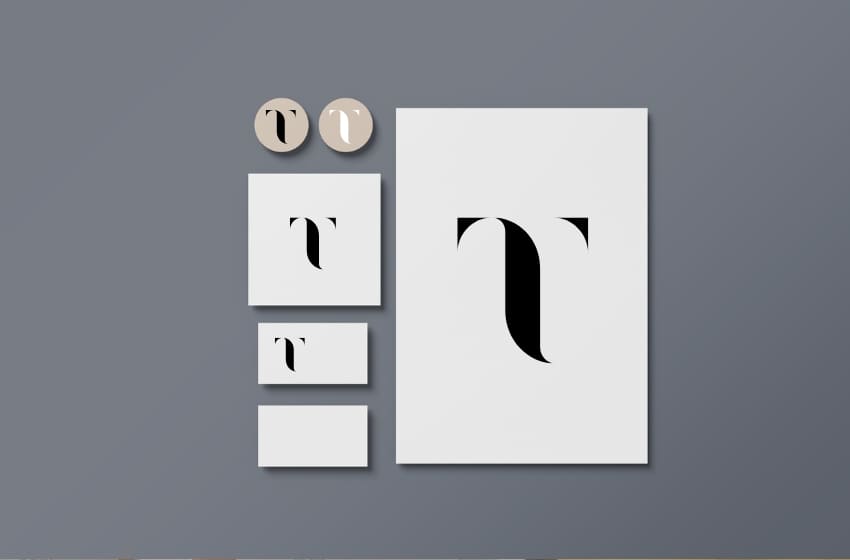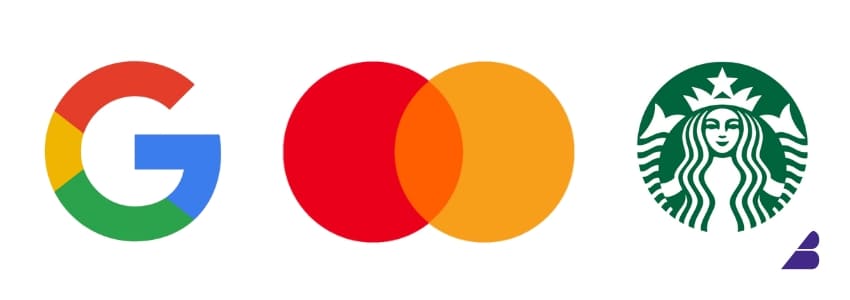
Logos are getting smaller, simpler, and more adaptable. The days of overly complex designs with intricate details are fading as brands embrace minimalism in 2025. But why is this happening, and what does it mean for businesses?
The Rise of Minimalist Branding
Minimalism has been a dominant design trend for the past decade, but its impact on branding has never been more evident. The shift toward digital-first experiences has forced brands to rethink how their logos appear across multiple platforms.
1. Mobile-First World
With over 60% of internet traffic coming from mobile devices, brands need logos that are recognizable at small sizes. A highly detailed logo that looks great on a billboard may lose its clarity when shrunk to fit a mobile screen or app icon.
2. Social Media Adaptability
Profile pictures, favicons, and social media thumbnails have limited space. A complex logo gets lost, while a simple, bold design remains memorable.
3. Faster Recognition & Stronger Impact
Consumers have shorter attention spans. A minimalist logo ensures quicker brand recognition, which is essential in a crowded digital marketplace.
Brands That Have Shrunk Their Logos
Several major brands have embraced this trend:

- Google: Evolved from a full-text logo to a simple ‘G’ for certain applications.
- Mastercard: Removed the text entirely, relying only on the overlapping circles.
- Starbucks: Dropped the wordmark, keeping just the mermaid icon.
How to Make Your Logo Future-Proof
- Simplify Without Losing Identity – Remove unnecessary elements but retain core brand features.
- Focus on Versatility – Ensure your logo looks great in different sizes and across platforms.
- Test for Recognition – A strong logo should remain identifiable even in its simplest form.
- Embrace Responsive Design – Have variations of your logo for different use cases.
Final Thoughts
Shrinking logos reflect a larger shift toward simplicity, digital adaptability, and instant brand recognition. Businesses that embrace this trend will ensure their brand remains strong and recognizable across all digital touchpoints.




